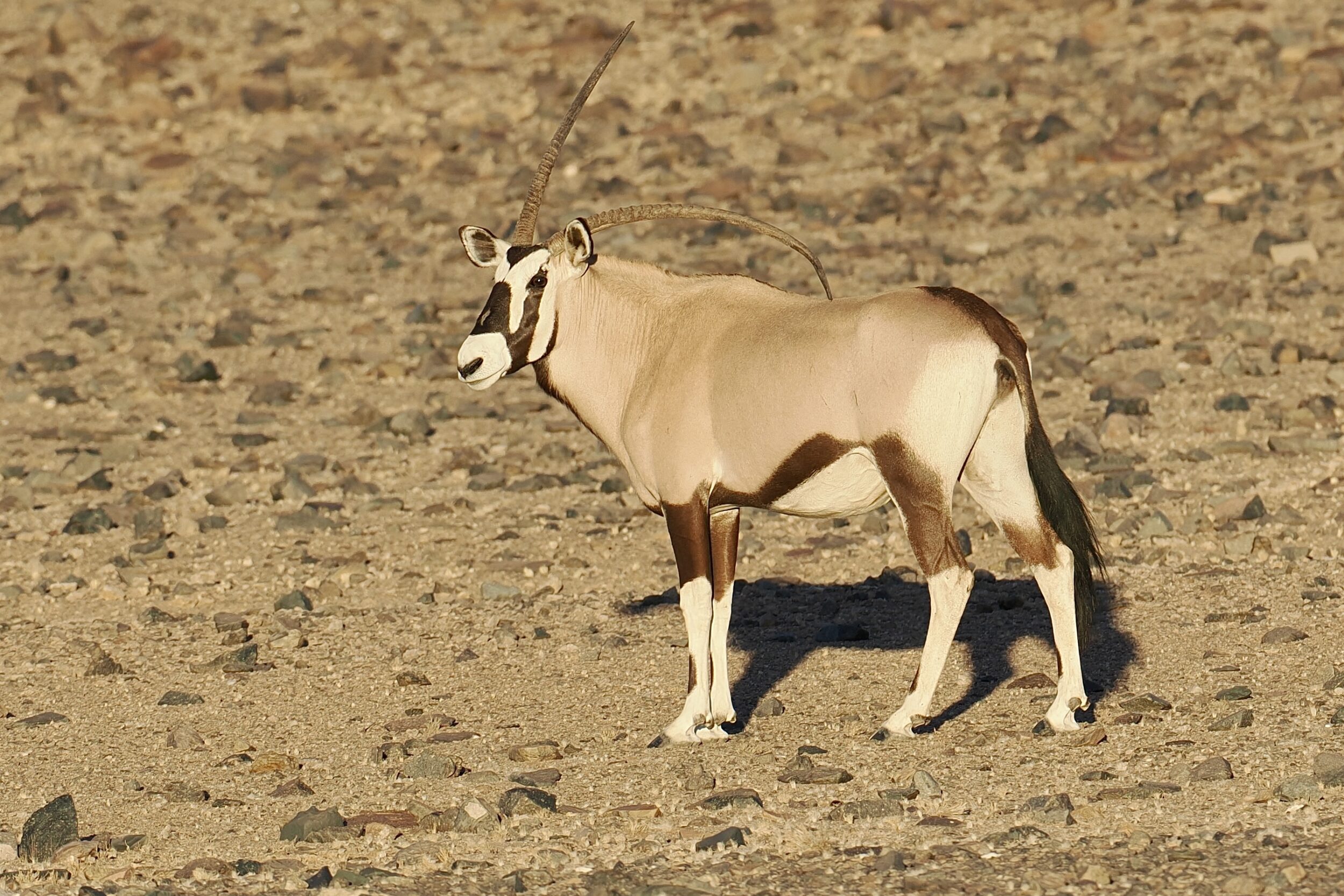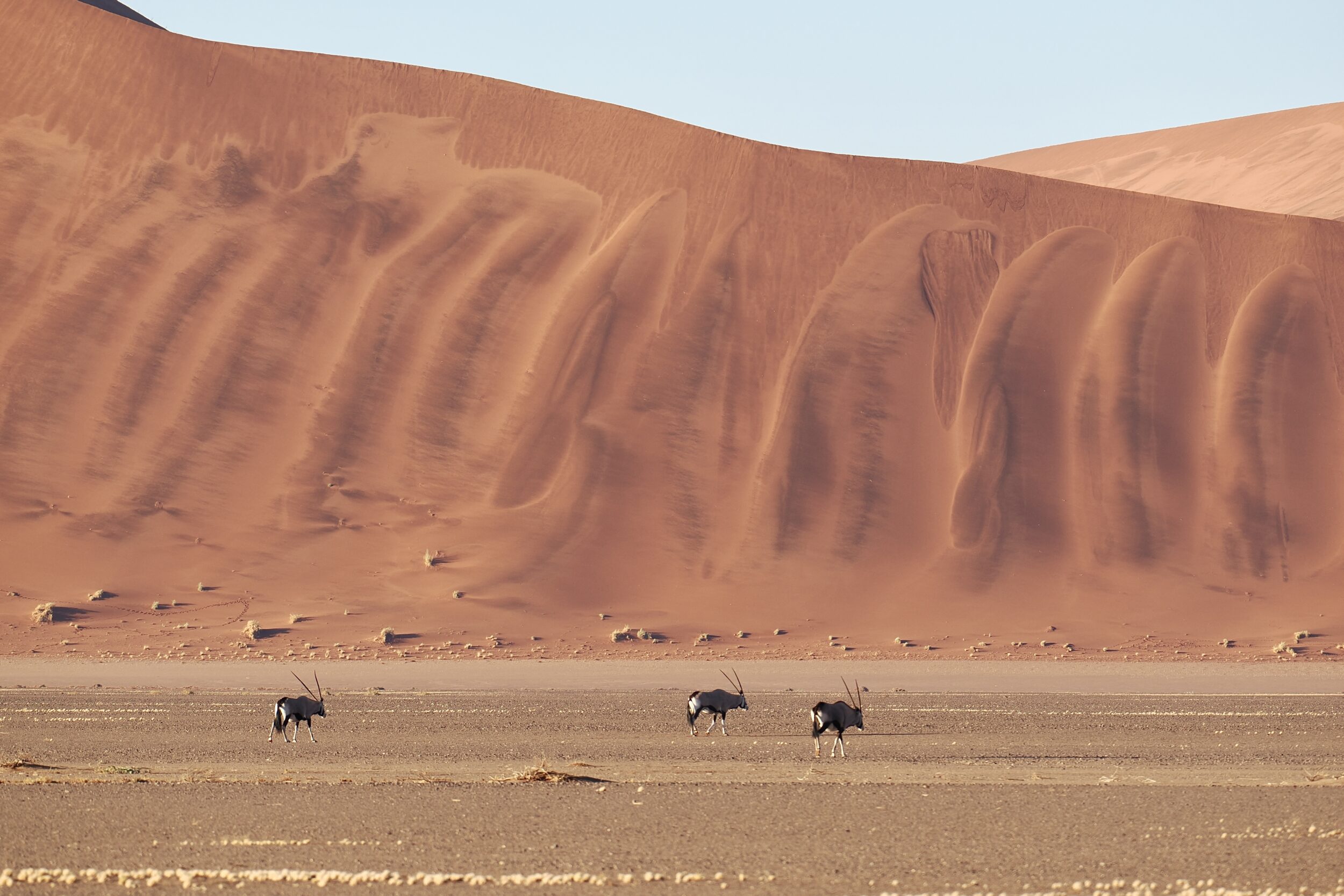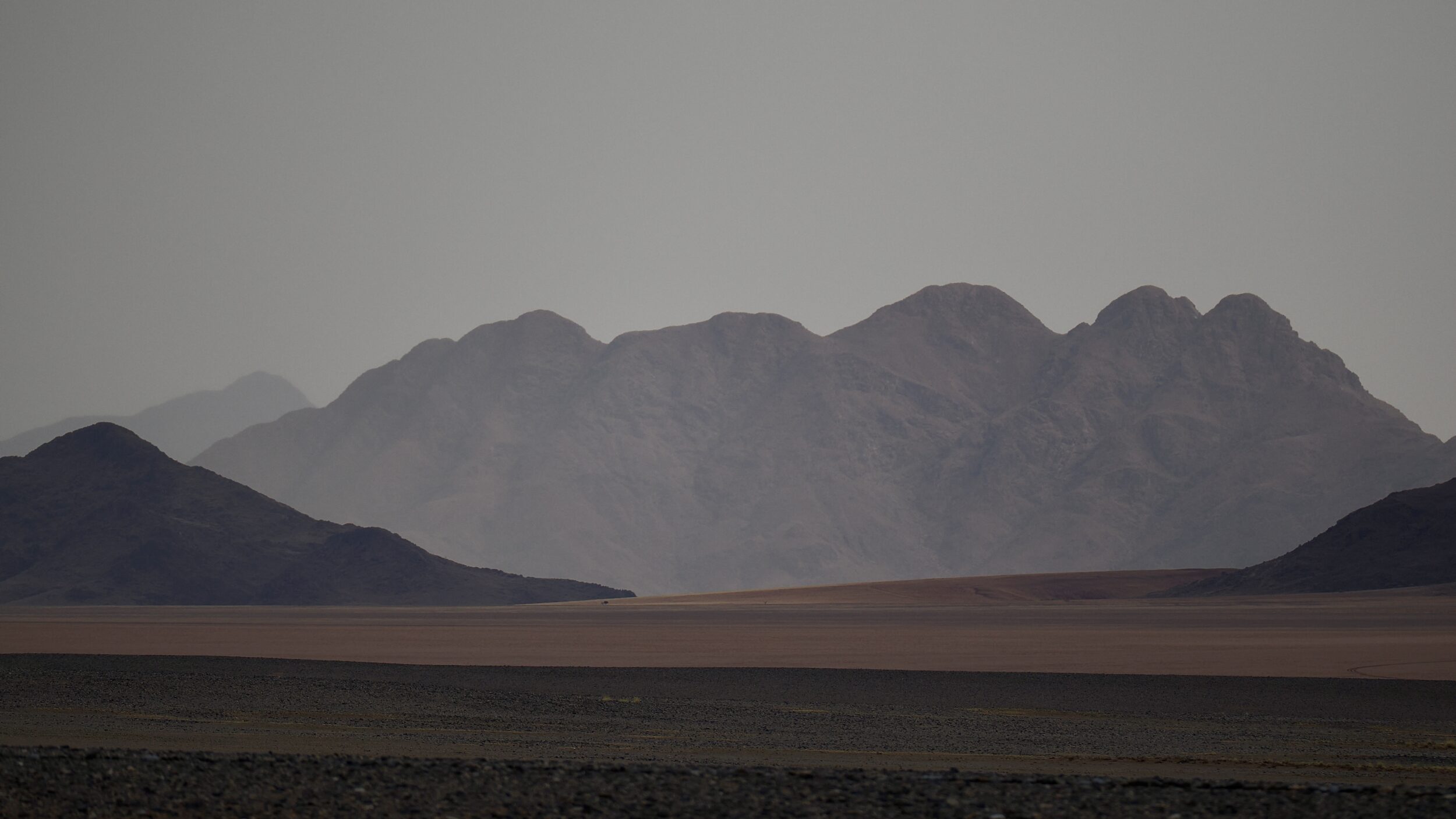At 5.08 pm on 21 November 2022 “our” Namib sandstorm was vanishing, as quickly as it had materialised, circa one hour earlier.
When I took the featured image, all visibly-flying sand was some kilometres east of us, as we stood on the deck of “our” cottage-tent.
Kulala Desert Lodge is around 40 kilometres east north east of Sossusvlei, and less than 2 ks from the southern edge of the Namib’s “sand sea” – the dune field in which Sossusvlei is the tourist “magnet”.
(Sossusvlei – our destination the following morning – has to be seen to be believed. It will, eventually, have its own series of posts. Suffice for now, what transpired on 21.11.2022 had a very beneficial impact on our 22.11.2022 experience)
For the next ninety minutes we relaxed in our quasi-tent’s interior; inevitably, it had been infiltrated by a generous dose of very fine, reddish sand – smoothly luxurious bedding had become decidedly gritty.
Then, suddenly, my ears and nose suggested something very unlikely was happening…









